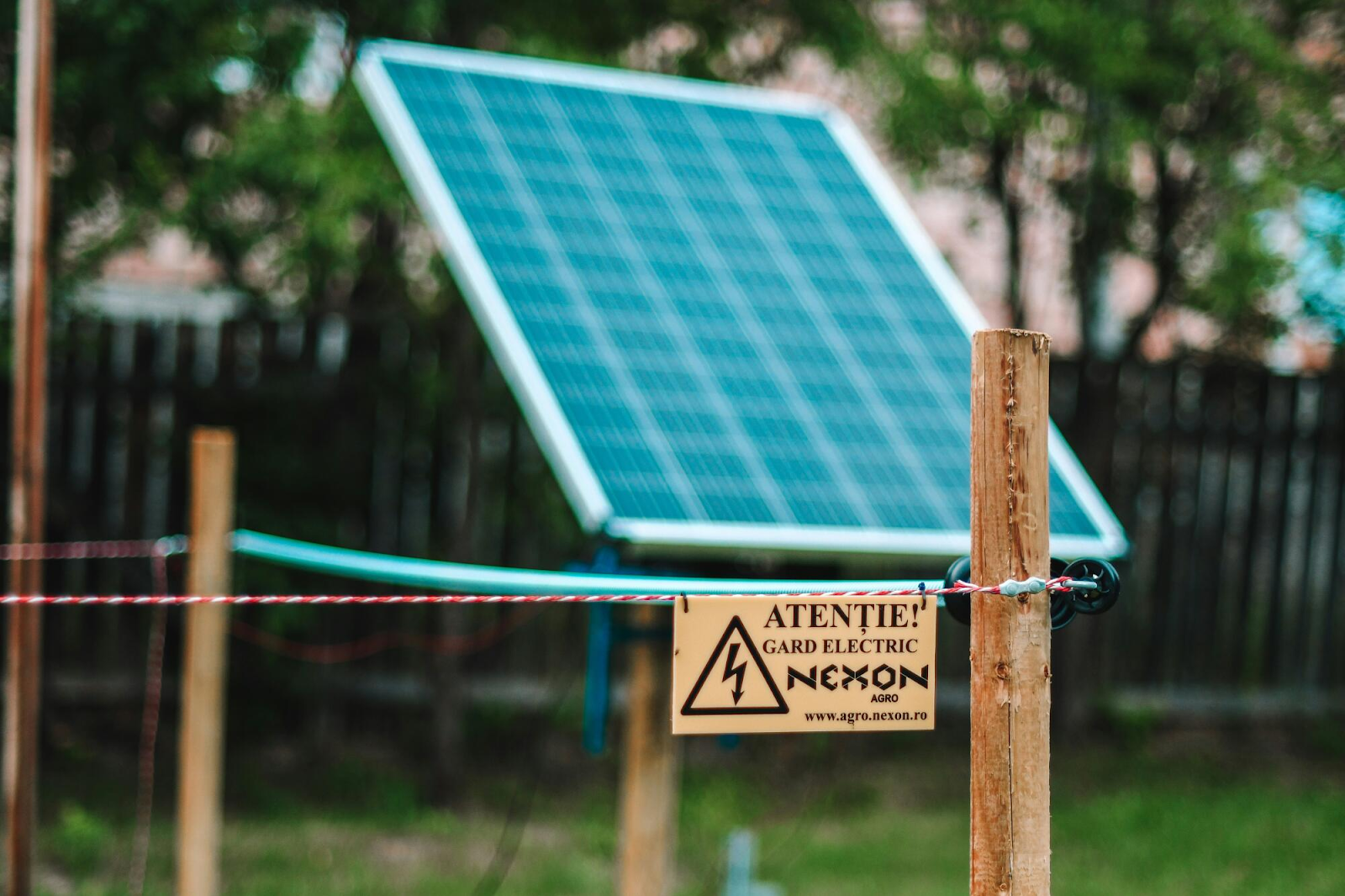
Off-Grid Living: Using a Solar Electric Fence for Livestock Management
Off-grid living has become increasingly popular in recent years.
More and more people seek to live a simpler and self-sufficient lifestyle. One of the challenges that come with off-grid living is managing livestock without access to traditional electricity sources.
This is where solar electric fences come in. They provide a sustainable and effective solution for livestock protection. Let's explore how a solar electric fence works and why it is beneficial for off-grid living.

Selecting the Right Fence for Your Livestock
When it comes to selecting a solar electric fence, there are a few factors to consider. The first is the type of animals you have and their size.
Different types of fences are designed for different livestock. For example, smaller animals like chickens or rabbits may require a smaller mesh fence to keep them contained.
Meanwhile, larger animals like horses or cattle may need a stronger fence with thicker wires and higher voltage to prevent them from breaking through.
You should also consider the terrain of your land. If you have steep slopes or rocky areas, this may affect the type of fence you choose. In these cases, it may be helpful to consult a professional for advice on the best fence for your specific needs.
Choosing a Solar Panel and Battery
The solar panel is a crucial component of a solar electric fence. It absorbs sunlight and converts it into energy to power the fence. When selecting a solar panel, make sure to choose one with enough wattage to support your fence's voltage and length.
Additionally, you will need to choose a battery to store the energy from the solar panel. The battery should have enough capacity to power the fence even on cloudy days when there is less sunlight available.
Consulting with professional service providers such as Semper Solaris Solar Panels can help you determine the right type and size of solar panel and battery for your specific needs.
Installing the Fence Setup
Installing a solar electric fence is relatively easy, but it does require some planning. The first step is to map out where you want to place your fence and mark all the corners and posts.
Next, install the corner posts and braces. Make sure they are securely anchored in the ground to support the tension of the fence. Then, run the wire between each post and connect it to the solar panel and battery system.
It is important to test your fence before letting your livestock near it. Make sure all connections are secure and that the voltage is set at an appropriate level for your animals.
Training Livestock to Respect the Fence
Once your fence is installed and tested, it's time to train your livestock to respect it. This involves introducing them slowly to the fence and allowing them to experience a mild shock when they get too close.
It may take some time for animals to learn their boundaries, but eventually, they will learn not to touch the fence. It is also important to regularly check and maintain your fence to ensure it is still functioning properly.
Incorporate Solar Electric Fence into Your Off-Grid Living Now!
A solar electric fence is an excellent option for off-grid living when it comes to managing livestock. It provides a sustainable and effective solution for keeping animals contained and safe without the need for traditional electricity sources. With these steps in place, you can successfully incorporate a solar electric fence into your off-grid lifestyle.
Is this article helpful? Keep reading our website for more insights.
Trending
-
1 How IoT is Revolutionizing Sustainability: A Brighter Future Beckons
Susanna Koelblin -
2 How The Water Treatment And Desalination Will Change The Environment For The Better
Daniel Hall -
3 How Intermediate Bulk Containers Enhance Environmental Sustainability
Daniel Hall -
4 Hybrid Cars and Their Key Benefits
Susanna Koelblin -
5 UK Faces Wettest July in Recent Memory
Daniel Hall





Comments